when NATO memes 4Chan:
…if the most powerful political-military alliance has the real battlefield on lockdown, some worry it’s floundering in the battlefield of the internet, where ideas go to clash, Kremlin trolls go to spread half-truths, and ISIS goes to recruit foreign fighters.
The answer, some experts argue, lies in memes — those strange jokes and references that come out of the internet’s woodworks from seemingly nowhere, and seem to end up everywhere at once. A small contingent of academics and experts want NATO to get in on the action to confront pro-Russian, anti-NATO trolls, or to push back against internet jihadists in the cyber space.
“It’s time to embrace memetic warfare,” wrote Jeff Giesea, a widely-known social media and tech guru, in an article in 2015. “Trolling, it might be said, is the social media equivalent of guerrilla warfare, and memes are its currency of propaganda.”
Imagine how well NATO would run an actual guerrilla war from Brussels and you can imagine how well they could run a memetic one. It is the nature of meme warfare to be decentralized to the point of anarchy. It’s leaderless and directionless and organic. There is a reason it’s referred to, only half-jokingly, as “weaponized autism.” This is simply not something that a military alliance of 17 countries, 6 ethno-states, and a dozen unaccredited chiropractic institutions can organize. Because it’s not organized.
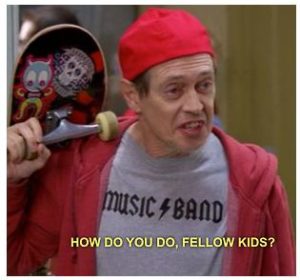
One 2016 campaign meme* illustrated the problem perfectly. Frame one showed Hillary Clinton tweeting, which tweet was run though three committees and approved by a handful of campaign officials before it could be posted. The result was safe, bland, and accomplished nothing, as you might expect.
Frame two showed Trump sitting in front of a computer. “I’ve never seen a thin person drinking Diet Coke,” he typed. Thus is encapsulated the difference between organizing a meme campaign and writing a meme. NATO organizes campaigns.
Memes may be the currency of propaganda**, but they are not simply propaganda. They are not a cartoon version of VOA or of anti-communist leaflets dropped into remote villages.
Nor are they merely a matter of creating a catchy phrase and using the power of the press to broadcast it. The term Fake News was memed out via a plethora of mainstream press outlets shortly after Trump’s election. All of a sudden the term was everywhere, complete with big, professionally-compiled lists of Fake News outlets to avoid and experts tut-tutting about its danger to democracy.
Within eight weeks the Washington Post was begging people to stop using the term and CNN was cutting Bernie’s live feed for applying it to them, even as a joke. Chris Cuomo said that Fake News had become the equivalent of the n-word for journalists. That’s what happens when you try to push public opinion via manufactured memes: your whole profession winds up in therapy.
Given NATO’s topheavy organizational structure, its bureaucratic inertia, and its insulation from the actual world much less the anarchic world of social media, it’s not hard to imagine what NATO memetic warfare might look like. It would be like Poe’s Law come to life all the time:
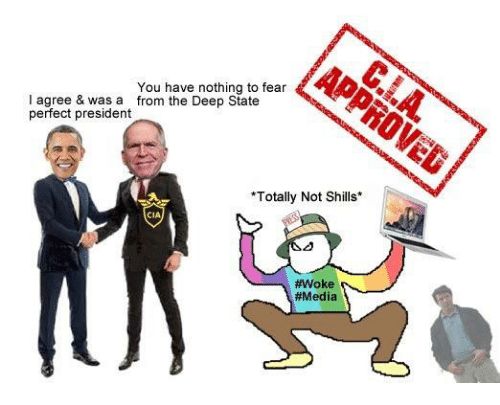
Which is why I cannot wait for them to get started. The memes that arise in response will be glorious.
* which I have since lost. My dank meme stash is not what it used to be.
** If that phrase means anything at all, which I doubt.



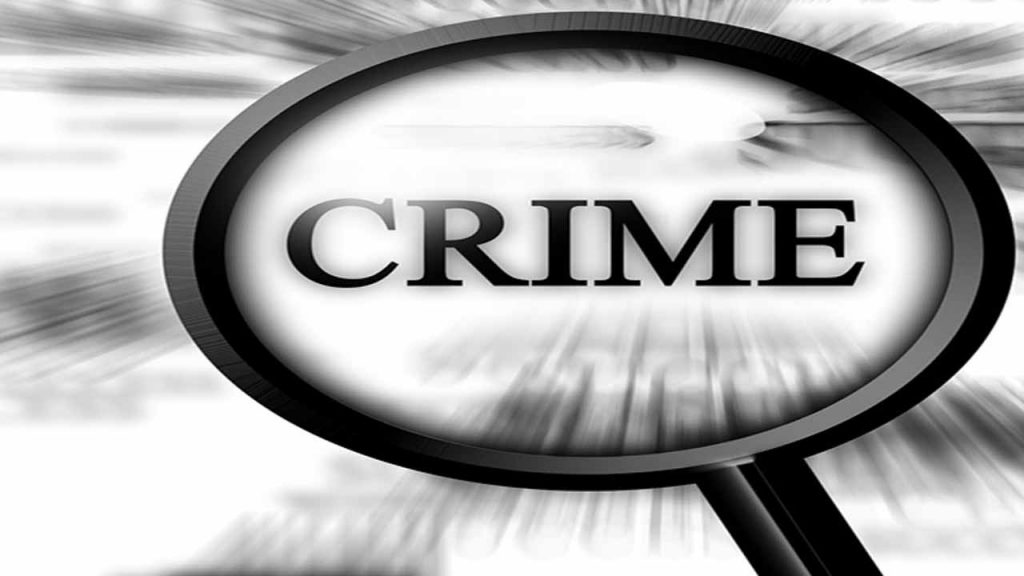
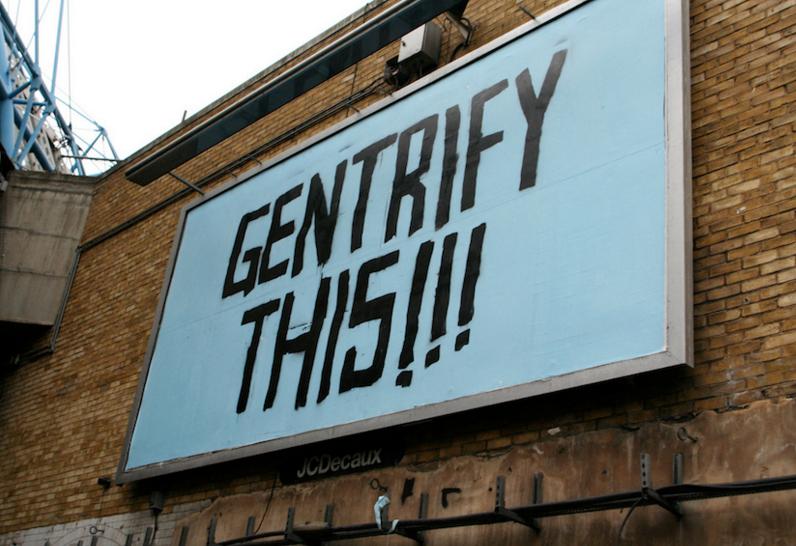



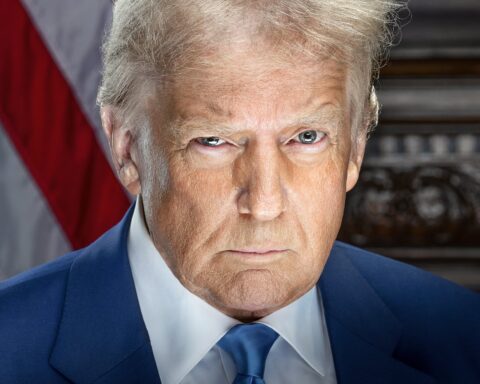
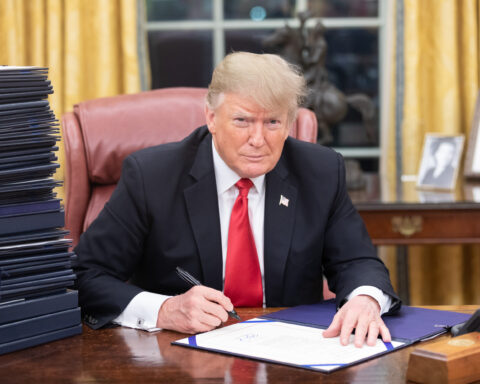
5
I mourn for you dank meme stash, and am sorry about the terrible canoe accident that also claimed all your guns.
Truly, how much bad luck can one man suffer?
The tragedy of lost memes will be easily outmatched by that of the output of NATO’s Autismed Weaponry Division.